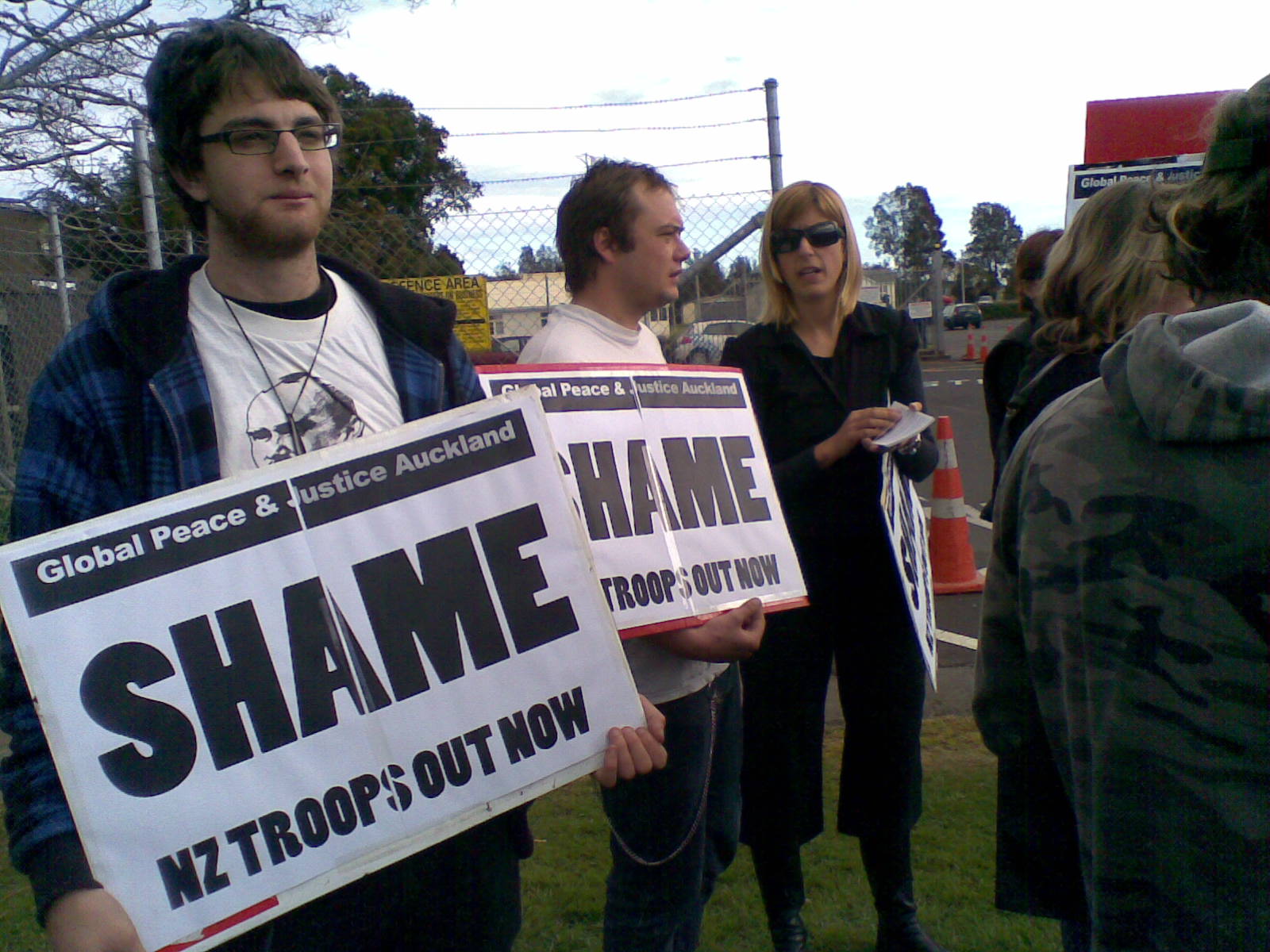Jared Phillips
As a result of the recession, the National-led government has been made to face rising unemployment. Its response has been to attempt to offset unemployment with redundancy initiatives and job creation initiatives. The job creation initiatives are partly corporate welfare (if not corporate welfare, then company welfare) and partly based on the provision of freely trained skilled or semi-skilled labour to firms.
Investment into the different initiatives varies. However, the proportions of all such initiatives can only remain completely at odds with rising joblessness.
From a working class perspective, the response to unemployment must be made as a response against the capitalist system. This means recognising that unemployment is an inherent and increasingly (in the long-term) problematic aspect of capitalism. It also means recognising that during an economic downturn the demands and actions needed to significantly alleviate the rate of unemployment and the conditions of the unemployed must take an anti-capitalist form.
A sharp rise in unemployment
In August, Statistics New Zealand reported that there had been a 38.5 percent increase in joblessness between June 2008 and June 2009, and that the number of jobless people had increased in that period to 236,100.
It is commonly acknowledged that in order to produce a more favourable spin, parties in government emphasise the `Unemployed’ statistics from the Household Labour Force Survey, which are significantly lower than `Jobless’ figures from the same survey. A survey participant may be deemed to be ‘not seeking work’ through failure to check job advertisements. So the Jobless category is more relevant in understanding the extent of unemployment. Within the Jobless category is the unemployed category which had increased by 48,000 to a total of 138,000 in the year to June 2009. Also comprising the Jobless category are those defined as being without jobs because they are seeking work but are not currently available, and those who are `discouraged’ (generally this means long-term unemployed). In June these categories amounted to 98,100 of the jobless. The number of ‘discouraged workers’ had more than doubled on the previous year.
The category of work that declined most dramatically was women’s full-time employment, meaning women’s employment was effected disproportionately. While the report showed a general decline in full-time employment, it also showed an increase in the part-time employment category which was up by 7,000 positions in the June 2009 quarter.
The government’s initiatives
Bourgeois democratic governments, whilst functioning fundamentally as institutions of service to the ruling class, also seek to maintain social peace. With this comes the requirement to try and ensure that people have work.
The government’s concrete response to the rise in unemployment has consisted of initiatives – very public relations driven initiatives -for managing both job losses and redeployment throughout the economic downturn. Continue reading “Unemployed again – A main feature of capitalism”





